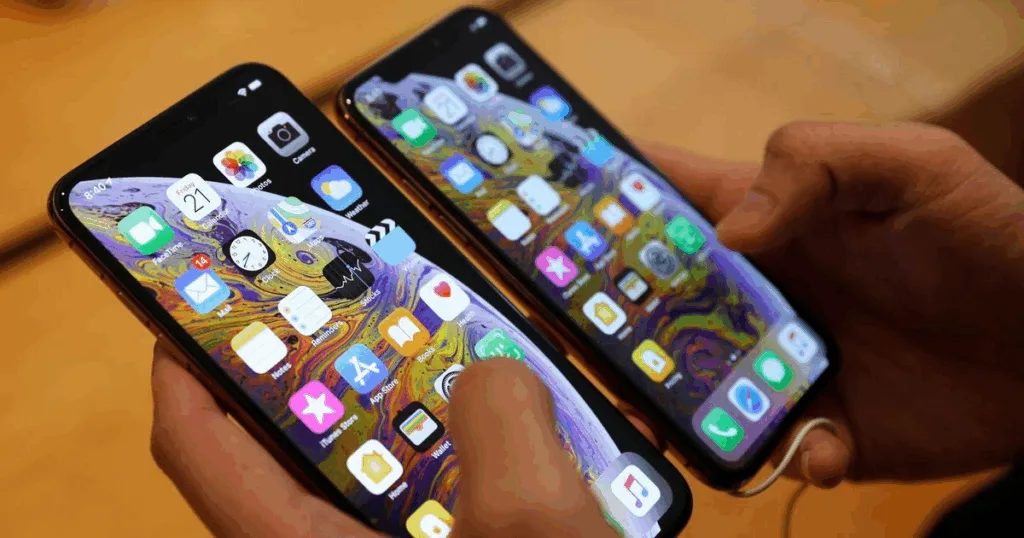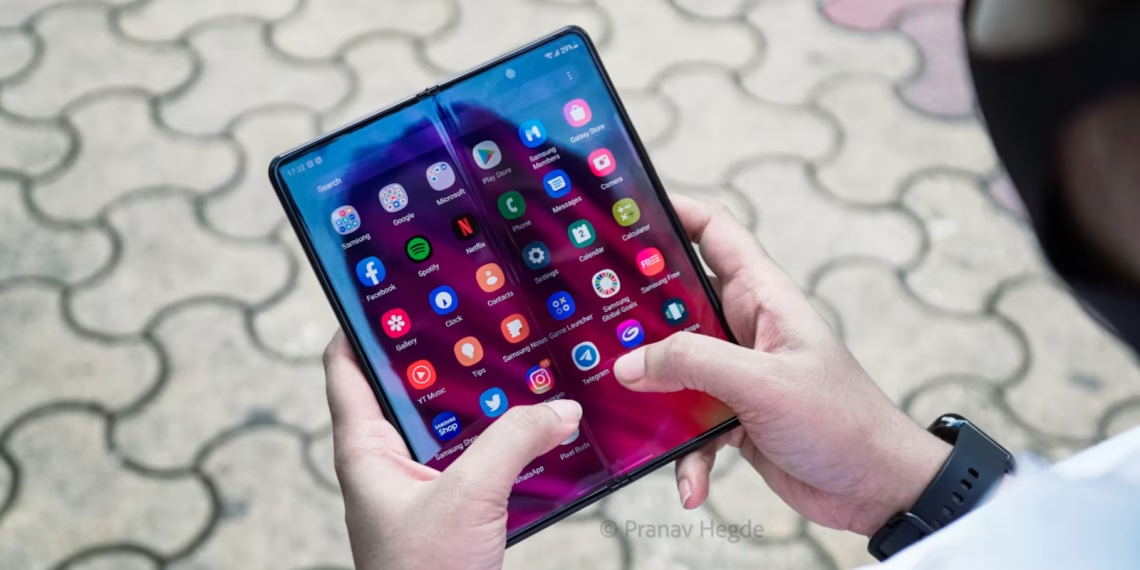India’s smartphone export story just reached a new peak. October 2025 saw smartphone exports hit an all-time monthly high of $2.4 billion, surpassing October 2024’s $2 billion and underscoring India’s rapid electronics manufacturing growth. This isn’t just another statistic—it represents India’s transformation from an electronics importer to a global manufacturing powerhouse.
What makes this achievement even more remarkable? From April to October FY26, mobile exports reached $16 billion, nearly 50% higher compared to $10.6 billion in the same period last year. In just seven months, India has already surpassed its entire FY24 export total of $15.5 billion.
Table of Contents
India’s Export Surge: Breaking Down the Numbers
The momentum behind India’s smartphone export success reveals a coordinated effort between policy support, manufacturing investments, and global demand dynamics.
FY26 Export Performance Snapshot
| Metric | Achievement | Growth Rate |
|---|---|---|
| October 2025 Exports | $2.4 billion | 20% YoY |
| Apr-Oct FY26 Total | $16 billion | 50% increase |
| Apple’s Share | 75% of exports | Market leader |
| Samsung’s Share | 14% of exports | Second position |
| Indian Firms | Remaining 11% | Growing contribution |
Apple Dominates, But India Builds Local Capacity
Around 75% of exports came from Apple’s vendor network, led by Foxconn and Tata Electronics, followed by Samsung at approximately 14%. Apple’s presence isn’t just about iPhone assembly—it represents the maturation of India’s supply chain ecosystem.

Tata Electronics, which acquired Wistron’s India operations, has been particularly impressive with a 115% year-over-year increase in exports. Foxconn, contributing about a third of total exports, saw a 33% annual growth. These numbers demonstrate that India isn’t just assembling phones—it’s building deep manufacturing capabilities.
Indian firms like Padget Technologies and Dixon Technologies are steadily increasing their contribution, proving that homegrown companies can compete alongside global giants when supported by the right ecosystem.
The PLI Scheme Effect: Manufacturing Transformation
The record export figure reflects India’s rising significance in global electronics supply chains and aligns with government-driven production-linked incentive (PLI) schemes. The PLI scheme, launched to boost local manufacturing, has catalyzed unprecedented growth in electronics exports.
Key PLI Impact Metrics:
- India jumped from 167th position in smartphone exports (2014-15) to top export category by 2024-25
- Smartphone manufacturing scaled from minimal capacity to fourth-largest export category
- Major global brands established large-scale manufacturing facilities across Tamil Nadu, Karnataka, and Uttar Pradesh
- Local value addition improving, though component dependence remains a challenge
For insights on how India’s tech ecosystem is evolving beyond manufacturing, explore our comprehensive technology coverage at TechnoSports.
Post-Festival Rebound Signals Strong Demand
India’s smartphone exports sharply rebounded in October 2025, reaching a record $2.4 billion after a brief slowdown during the festival season in August and September. This pattern reflects a strategic prioritization—manufacturers focused on serving India’s massive domestic festive demand before ramping up exports.
The rebound was driven primarily by Apple, with accelerating demand from the US and other major markets. This demonstrates India’s competitiveness in serving premium global markets, not just budget segments.
Challenges on the Horizon: The China Factor
Despite impressive growth, India faces emerging challenges. The India Cellular and Electronics Association (ICEA) cautioned that the recent US decision to halve fentanyl tariffs on Chinese exports to 10% from mid-November could impact India’s competitiveness.

Critical Concerns:
- India already faces a 12-14% cost disadvantage against China, partly offset by the 5% Production-Linked Incentive (PLI) scheme
- PLI benefits expired for Samsung in March 2025 and end for others by March 2026
- Heavy dependence on imported components (displays, processors, memory chips) increases costs
- High input tariffs on components impact price competitiveness
The ICEA has urged policy continuity to sustain momentum, emphasizing that without renewed incentives and tariff rationalization, India’s export gains could stall.
What’s Next: The $100 Billion Vision
If current trends continue, smartphone exports could reach $18-20 billion by the end of FY25. However, achieving India’s ambitious $100 billion electronics export target requires addressing fundamental challenges:
Priorities for Sustained Growth:
- Strengthen component ecosystem: Reduce import dependency through local manufacturing
- Extend PLI schemes: Continue incentives beyond 2026 to maintain competitiveness
- Rationalize tariffs: Lower input costs to match China and Vietnam pricing
- Boost local value addition: Move beyond assembly to component manufacturing
For official data on India’s electronics manufacturing initiatives and export performance, visit the India Cellular and Electronics Association and Ministry of Electronics and IT websites.
Stay updated on India’s manufacturing transformation and technology trends at TechnoSports, your source for comprehensive tech industry analysis.
FAQs
Q: Why did India’s smartphone exports surge so dramatically in October 2025?
A: The October surge resulted from multiple factors converging simultaneously. First, August and September saw prioritization of domestic festive demand (Diwali, Dussehra), temporarily slowing exports. Once domestic orders were fulfilled, manufacturers redirected capacity to export markets. Second, strong US market demand for Apple’s iPhone—which accounts for 75% of India’s smartphone exports—drove volumes. Third, Tata Electronics’ expanded manufacturing capacity and Foxconn’s operational efficiency improvements increased output. Finally, India’s cost competitiveness improved relative to other markets due to PLI benefits that reduced effective production costs by approximately 5%, making Indian-made phones attractive for global buyers.
Q: How does India’s smartphone export compare to global leaders like China and Vietnam?
A: While India’s growth trajectory is impressive (319.1% increase from 2019 to 2023—fastest among major exporters), it still significantly trails the leaders. China remains the world’s largest smartphone exporter at $137 billion annually, while Vietnam has emerged as the second-largest exporter. India’s current $16 billion run rate (April-October FY26) places it among top-10 exporters but represents less than 15% of China’s volume. However, India’s advantage lies in its “China Plus One” strategy positioning—global brands are actively diversifying manufacturing away from China. With continued PLI support, tariff rationalization, and component ecosystem development, India could potentially capture 10-15% of global smartphone exports ($30-40 billion) within 3-5 years, though matching China’s scale remains unlikely without addressing the 12-14% cost disadvantage.








